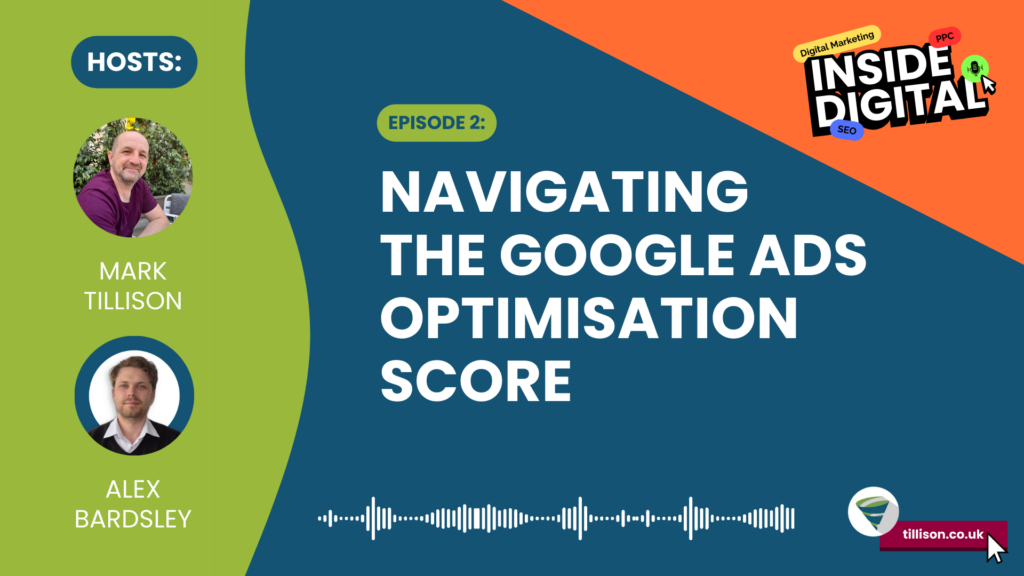You find yourself writing a fantastic blog post and not knowing how to optimise it for SEO? Well, don’t worry because we have your back! Follow this guide to optimise your blog post to the max for SEO.
Why is blogging important for SEO?
Search engines aim to provide the best possible results for users. To achieve that goal, search engine bots have to crawl through new content. This is where blog posts come into play. By posting regularly, bots will take notice of your website, and you’ll have a higher chance of ranking.
Now, the question is, how to create blog posts that rank well?
Well, you need to answer the users’ search intent, give them informative content, or simply entertain them. In other words, the post should satisfy your audience’s needs so they want to stay longer on your site. If they love your blog, they will come back for more.
Aside from having an optimised website, you’ll also need to leave a good impression on your visitors. You can improve your site speed, use modern designs and, most importantly, create a catchy blog name.
Make sure the name reflects your brand image. If you need inspiration, you can check out this post to see a list of excellent blog name generators.
6 ways to optimise your blog post
1. Find the right keywords
First thing’s first: you need to know what your audience is looking for. Search for the current trends by using keyword research tools like Google Trends, Ahrefs and Ubersuggest.

Find keywords related to your niche and choose ones with high search volume. You can also opt for words that have low competition, and aim to rank high for those phrases.
Another alternative is to target long-tail keywords. These search queries are incredibly specific and have lower search volumes. However, they can bring huge traffic to your website as they count for 70% of page views.
Let’s say you have a restaurant in New York. Instead of using ‘restaurant’ as your main keyword, it’s better to choose ‘best restaurant in New York’.
Another example would be instead of using the term ‘retail’ as your keyword, you could use a longer-tail phase such as ‘high touch retail’.
What’s more, long-tail keywords tend to convert better.
Compare our previous example. We can’t determine the users’ search intent from “restaurant.” On the other hand, we know for sure people who search for “best restaurant in New York” are looking for a great place to dine.
2. Create engaging content
Use the obtained keywords to create informative blog posts. Analyse your competitors’ content, and then provide something they don’t have.
For instance, if your competitor only gives an overview of the best attractions in Paris, you should write a detailed review that covers the price, hours of operation, the best time to visit, and so on.
Grab readers’ attention through a catchy title. After all, why make great content if nobody wants to click it? There are plenty of tools that can help with this, like CoSchedule’s Headline Analyzer.
Remember to address their problems and be clear on what you’re going to deliver. Then, keep the title’s length under 60 characters – otherwise, it’ll get cut off in the SERPs.
Next, break down the content with heading tags (from heading 1 to 4). You can use it to organise the content and make it skimmable. You can also increase your posts’ credibility by putting some links from high authority sites – ones that possess expertise in a specific niche.
Don’t forget to add visual elements like images, videos, or infographics. Always use design programs for making your content more engaging and images unique such as collage maker, background remover, watercolour maker, hair colour changer etc… Aside from making your posts aesthetically pleasing, it can bring more views as well.
Above all, deliver what the readers want. Always put your audience into perspective when writing.
3. Apply on-page SEO
The best way to apply on-page SEO practices is by using tools like Yoast SEO plugin.
Let’s start by editing the post’s URL or permalink. It has to contain the main keyword, and there shouldn’t be any numbers and function words. Last but not least, keep it short – no more than five words.
The SEO title and meta description will be displayed when the post shows up in SERPs. If you don’t set them up, Google will show the post’s excerpt instead.
Put keywords into the title, subheadings, meta description, and the content. This makes it would be easier for search engines to associate your post with the keywords. But remember not to overdo it – after all, you’re writing for people, not bots.
Google also recommends inserting alt text into images. The text is used to describe images to search engine crawlers. The description will also be displayed when the image doesn’t load.
Improving site performance will also boost SEO. Use tools like GTMetrix to measure your site’s speed. Then, install speed optimisation plugin like WP Rocket or WP Fastest Cache to improve the performance score.
4. Audit your content
Once you’ve published your content, there’s one more thing you should do: keep the post relevant.
Search engines love fresh content. If your post hasn’t been updated for a while, a new, better article might outrank you.
Evaluate the issues in your old articles and find out how to fix them. By doing so, your content’s quality will gradually improve.
For instance, if you wrote a tutorial, verify whether the method still works. You can also check for broken links and correct irrelevant facts.
Pay attention to the style as well. If your content style has changed, you need to redo those old articles.
5. Use social media
Social media is a great way to widen the reach of blog posts. As a business, you may already be using social media platforms such as Twitter, Facebook, Instagram and LinkedIn to promote your business, so why not promote your blog posts on these for more exposure?
There are a lot of platforms for you to promote your blog posts (both paid and free), such as Hootsuite, which works by allowing you to schedule your blog post across multiple platforms.
6. Make the most of schema markup
When it comes to optimisation, not many people make use of schema markup. They’re missing it. It’s actually one of the most powerful ways you can optimise a blog post or landing page – you could reach an average of four positions higher in the SERPs.
For those who don’t know, schema markup is a code you can put on your website to help search engines give more informative results to users. It can be used for everything, from local businesses and restaurants to events and products.
If you don’t know where to start with adding schema markup to your blog post, head to Google’s Structured Data Markup Helper. Follow the steps to get the code you need to add to your web page and you’re good to go.
The more content you mark up, the better. You can find all the vocabulary you need at schema.org, and in just a few clicks you can propel yourself up the SERPs and bring more leads to your website.
You’re almost there
Driving your website traffic is not an impossible task. Lots of people think they need to spend extra, but in reality, creating and optimising blog posts can yield great results.
In this article, you’ve learned the four methods of optimising blog posts. Be sure to apply all those strategies so you’ll get maximum results.
That’s it! Good luck with getting more recurring traffic through your blog posts!
Need great content written that’s also expertly SEO’d? Speak to one of our specialists for content and SEO that will take your business to new heights online.








